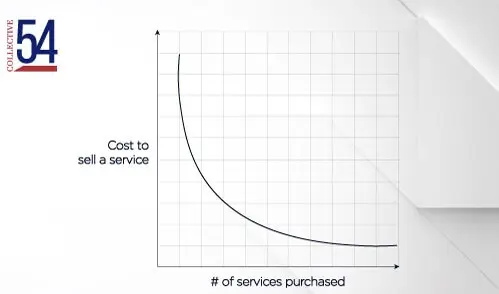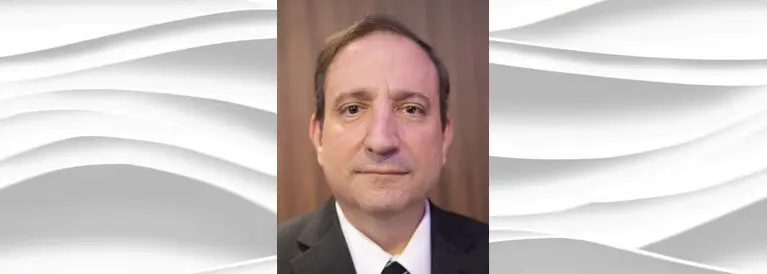Episode 118 – How Canada’s Fastest Growing eCommerce Agency Scaled Quickly Through Acquisitions – Member Case by Colton Hathaway
Previous sessions often revolve on how to exit a professional service firm. What if we flip the script and discuss how to scale by purchasing professional service firms? On this episode, Colton Hathaway, VP of Technology at Northern Commerce, shares how their firm was created through a merger, and how they have grown by acquiring other firms.










